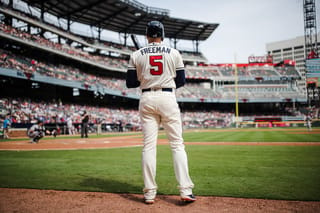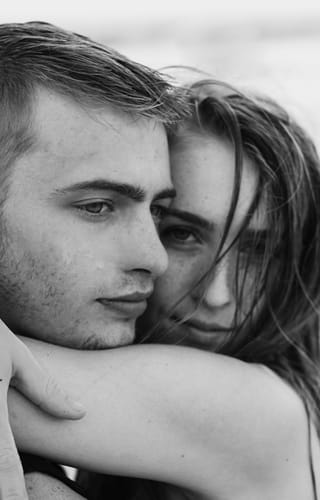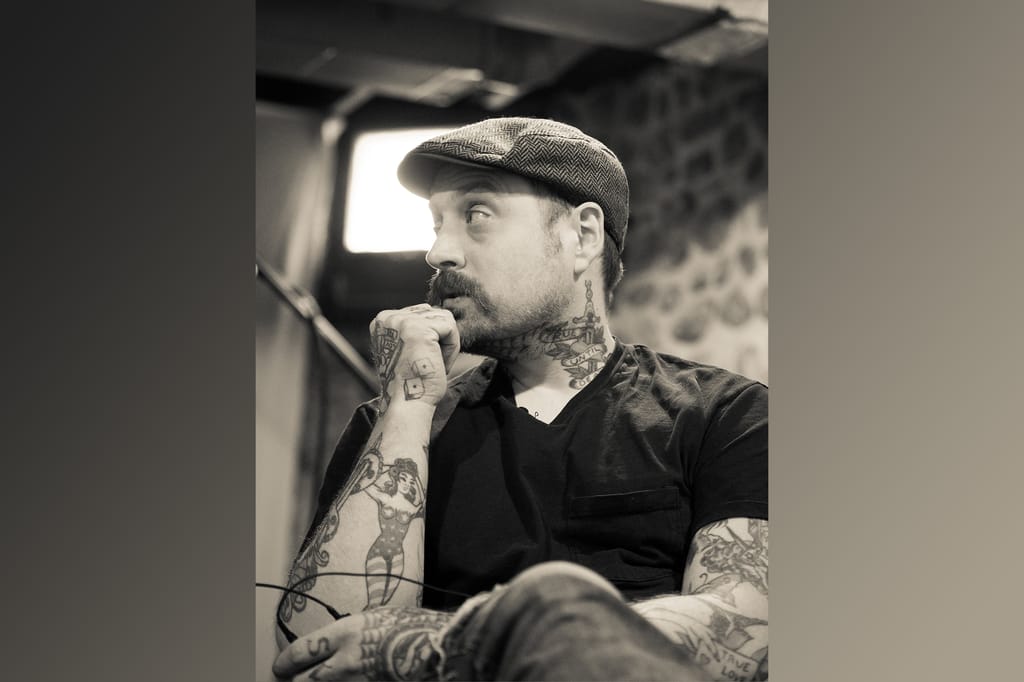
Photo by Kyle Bice
I recently had the chance to catch up with a local photographer who operates around my hometown of (mythical) Kalamazoo, Michigan. As the owner of Vague Photography, he’s professionally created memorable portraits for all types of clients, including musicians and graduating seniors. He’s also been a huge part of many couples’ lives as he captured momentous events like engagements and weddings.
However, you may not expect an everyday modern wedding photographer to delve into an antique photography method from the 1800s. I first heard about Victor’s company when some friends of mine shared one of his masterful tintype portraits they’d received for an anniversary.
What’s a tintype photo, anyway? I’ll let Victor take it from here.
All photos by Victor Vague unless otherwise credited
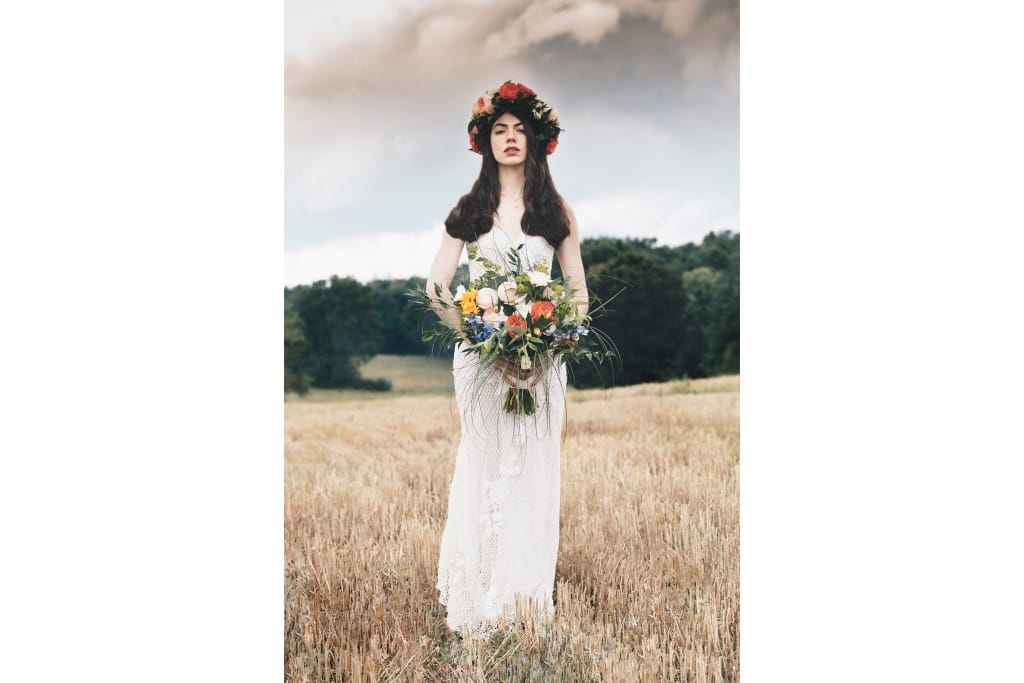
How did you get into photography?
I spent some time in high school playing around with film photography. It wasn’t for a class—just something I did on my own. I was able to stay with it for the first couple of years of college, then got too busy with my studies to keep it up. It wasn’t until years later when digital cameras became readily available that I got curious about the technology. I played around with digital cameras for a while at that time.
In 2007, my wife and I opened a vintage clothing shop on Etsy. I started to get back into photography when we needed to take pics of our merchandise. My wife now runs the shop by herself. The photography for me has branched out over the years and I do all sorts of work with it including commercial, family, weddings and video. I’ve also incorporated wet plate collodion into my repertoire and have been shooting that for 7 years now.
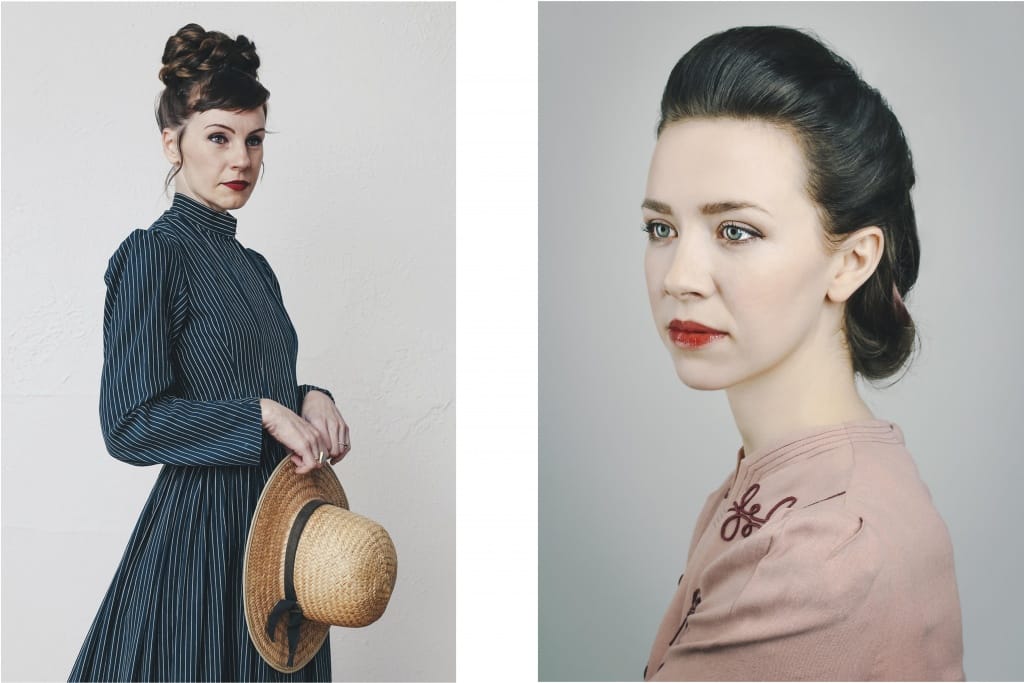
Can you tell us a little about your business, VAGUE Photography?
VAGUE Photography spun off from our vintage shop which we called Vera Vague. My wife, modeling the vintage products, assumed the role of Vera and I became Victor as part of our brand. That’s a story all in itself and kind of happened by accident but it’s been fun to play with in terms of marketing and creative direction.
As the photography started to take off, I wanted to keep the brand alive to direct some attention to our vintage shop but also start building a name for itself on its own. We already had something of a Vera Vague following on Facebook and Instagram, so rather than starting over, I just continued to build on it.
For the past 5 or 6 years, the majority of my work has come from shooting weddings. It pays the most by far and I really enjoy it. I love the fast-paced nature of it, the number of details to capture, and I generally like to shoot in more of an editorial style. The workload from weddings keeps me so busy that I really don’t have a lot of time to branch out into other photo-related avenues as much as I would like.
The other part of the business that I’m also quite busy with and really enjoy doing is the tintypes. I’m completely self-taught and have been consistently shooting them for 7 years. I do a lot of individual and family portraits in my home studio as well as a handful of pop-up events all over. It’s a ton of work hauling the equipment needed for wet plate, then a ton of work setting it up and tearing down as well. I don’t do many events, but the ones that I work are definitely worth the time and a lot of fun.
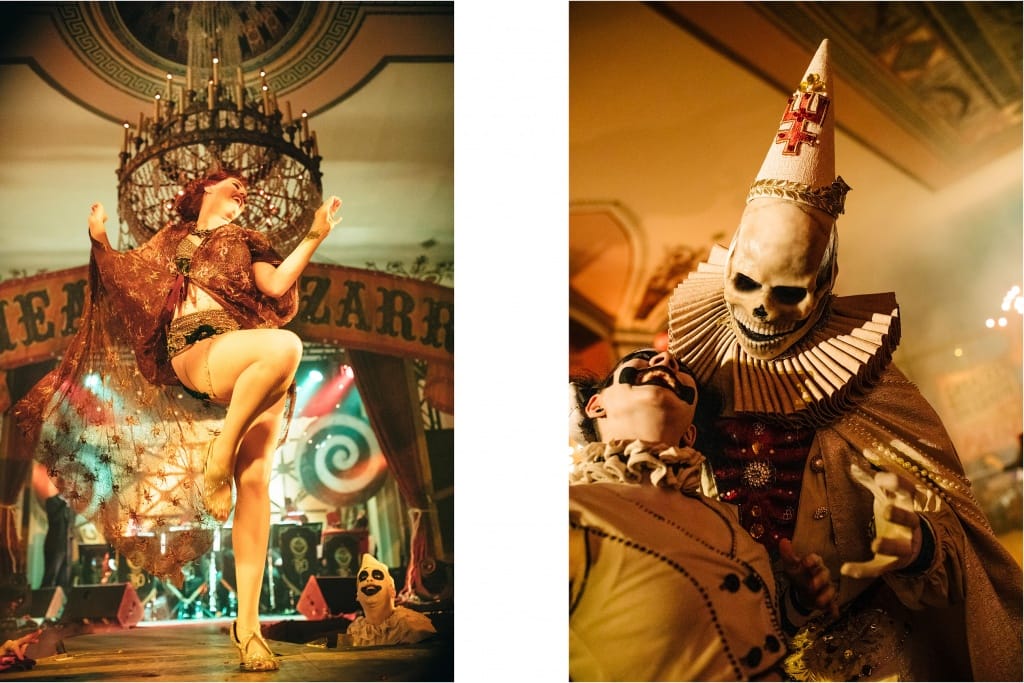
My favorite event is Theatre Bizarre in Detroit for 2 weekends in the middle of each October. It’s a massive vaudeville-slash-secret-society-themed Halloween show in the gorgeous Detroit Masonic Temple. It’s an amazing spectacle and the people who put it on are some of the most wonderful folks I’ve met doing this kind of work. I get to shoot some digital stuff there as well before my area opens for tintype portraits and it’s my most favorite thing to shoot every year. The stage design and lighting are top-notch, the performers and support crew are 100% on top of their game, and it’s just an overwhelming heap of eye candy.
Weddings are pretty much jam-packed from April until December. If I’m lucky, I’m able to get in a little bit of tintype stuff here and there to give myself a break and get my hands dirty. I’ll also take on some smaller jobs, mostly for friends and bands which include some small video projects. Wintertime is when I finally get a break from weddings and I can focus a lot more on the wet plate, whether it’s portraits or creative, artistic stuff.
That’s the plan, at least! I also use wintertime as a time to catch up on some non-photo-related projects and generally veg and recharge a bit. Wedding season can be insane, so when December rolls around, I’m usually coasting on fumes!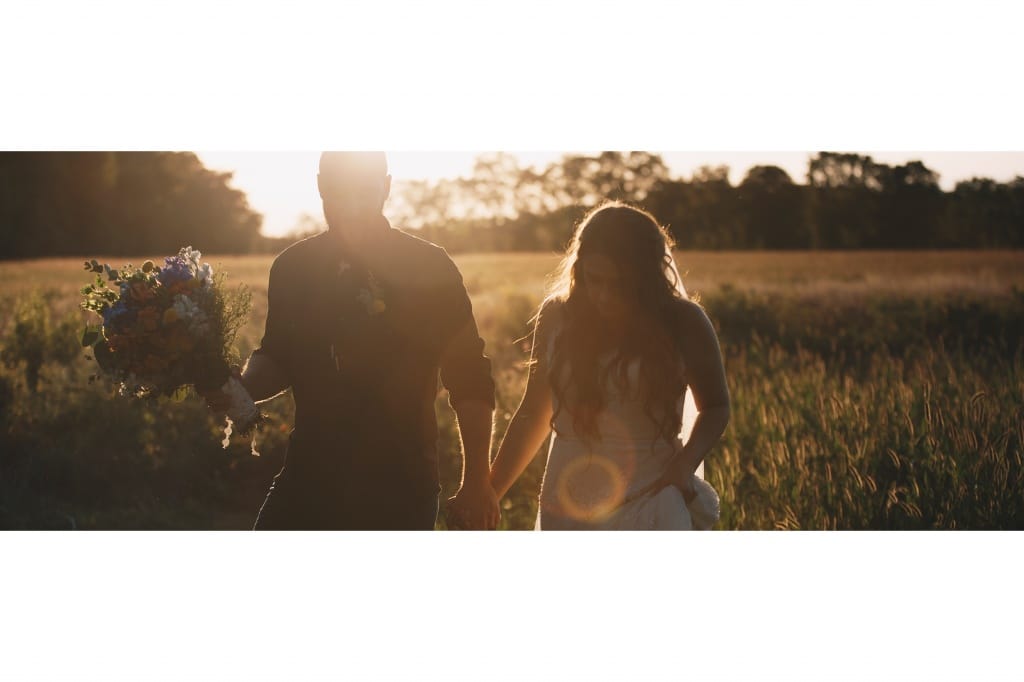
How has the Covid-19 situation affected your photography or business?
This Covid-19 pandemic is really uncharted territory for me and a lot of my friends in the industry. That includes my clients, the venues, and other contract workers. Nobody knows anything, really. I’m seeing a lot of early booking for 2021, which is much earlier than normal, so I think most people are starting to give up on this year and just plan a little further down the road.
I’m working with my clients now on anything we can do to make this stressful situation the best it can be, rescheduling and shooting small, intimate ceremonies with plans to reschedule the big reception blowout when things chill out. The hardest thing is that no one knows how long this is going to play out, making it impossible to plan anything.
I haven’t been able to do any wet plate portraits since I don’t want to break social distancing guidelines and invite people into our home. I’m gearing up toward setting up some outdoor portrait sessions and some local wet plate sessions to people’s yards that can be done without contact from the porch.
It’s strange because I really believe that this unprecedented time needs to be documented photographically. We’re all living through it, and it’s important to have a historical record of what happened for the future. I’ve taken a couple of small product photography jobs and have a large video project I’m currently editing, but for the most part, I’ve really just taken a step back to spend this time with my family and our little girl as well as start a big garden project. We recently bought a new house, so there’s a lot of work there that needs to be done. My brain is just now getting back on track as far as photography goes and I have a couple of easy portrait sessions lined up.
Have you got any advice or tips for other photography business owners out there during this tough time?
First, apply for unemployment, grants or whatever assistance you may qualify for. I’ve got a lot of pride and never had to apply for unemployment in my life, even between jobs. This situation is completely different, however. Eating and living are the most important things for all of us right now. Do what’s needed to take care of your mental health because everything comes from that.
After that, now is the perfect time to spend with your craft. Take online classes or tutorials, learn a new process, or simply experiment and shoot a lot. Play around with editing and off-camera flash. Sitting stagnant never does any good. I know it’s hard to stay active sometimes, but this is something that will separate people who are serious about photography as their profession and those who treat photography more like a hobby. This is a field that you can never learn enough about, so use this opportunity to grow. That way, when things open back up, you can hit the ground running with a stronger set of skills.

At what point did the tintype process draw you in?
When I started to take photos for our vintage shop, I began to get excited about photography again. Coincidentally, this was around the time that Instagram and the big DSLR boom was beginning. I had some friends that were trained and schooled professional photographers and I respected the process in which they became photographers. I also saw a lot of new people that went out and bought a DSLR, had business cards made and started an Instagram account, claiming all of a sudden that they were “Photographers” and shooting weddings for $500.
I’ve never been interested in labels, so I wasn’t in any hurry to call myself a photographer. I wanted to earn the respect of people who actually put in the work, so I started shooting & developing film again and built myself a wet darkroom to make my own prints.
After a year or so of that, I came across some wet plate images online and I was immediately hooked. I knew the process was alive but I was only used to seeing it as a novelty with civil war reenactments and theme parks. It wasn’t until I saw some modern portraiture done with the process that I knew that’s what I wanted to do.
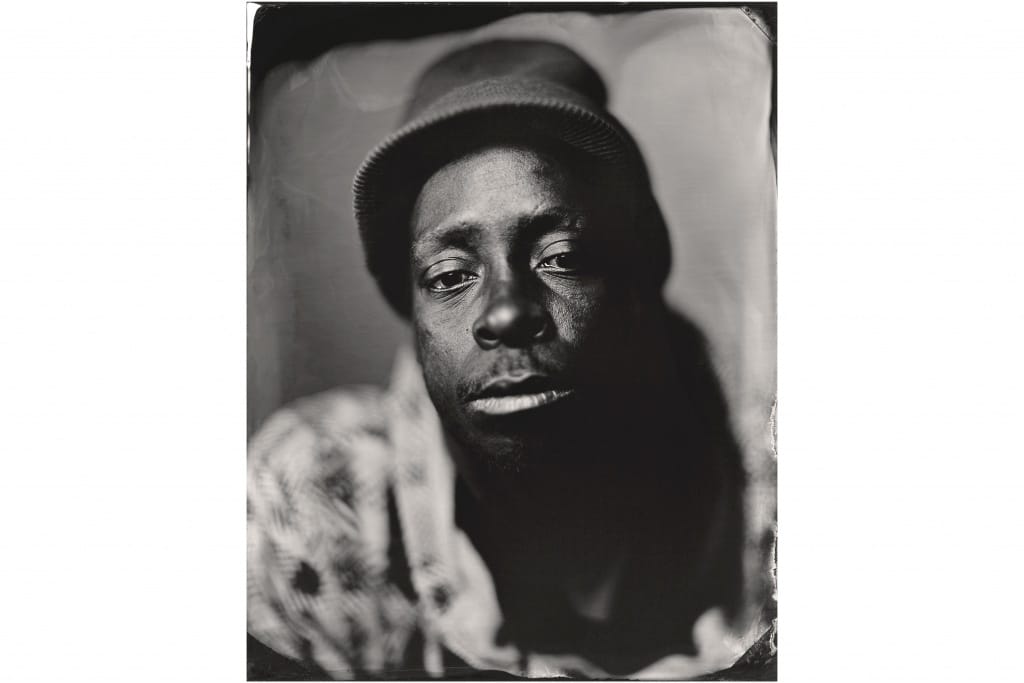
I was looking for a challenge with photography since technology was making it easier and more accessible. Also, I love doing things the hard way. There wasn’t anyone in my area that was teaching wet plate classes that I knew of, and being self-employed, I was on a tight budget. I studied for a year from digitized copies of the original manuals while I gathered and built all the equipment I needed.
What I love about it is that it’s a completely hands-on process with no shortcuts. The resolution of the images is insane due to the small size of the light-sensitive silver compounds. It has an effective ISO rating of 0.5 to 0.75 depending on the chemistry. There’s essentially no grain but the film is really slow. That usually means that you need to shoot wide open with a lot of light, which renders a shallow depth of field. I tend to shoot wide open a lot with my digital work, so for me, that’s not too different.
The development is all liquid so there’s a kind of fluid characteristic to it. I’ve learned to work with just enough contamination to give the images some artifacts to keep it interesting. People really love the messy aspects of the plates and sometimes it can add an interesting characteristic to an image, but that shouldn’t be the defining quality of the image. Messy plates just show that the photographer doesn’t know how to control the process. Sure, you can get lucky with that kind of look once in a while, but it’s starting to get to a point where people are just making messy plates and clients are impressed with that because they haven’t seen what can really be done with wet plate.
Sometimes when I’m with a client, the first or second plate won’t be to my liking but they’ll absolutely love it and want to keep it. I’ll tell them we need to shoot another so they can see what we’re really capable of. Then we’ll get a plate that makes them totally understand what I’m talking about. It’s a difficult and expensive process so it weeds out a lot of people who may be trying to get into it. I’ve been shooting pretty consistently since I started and now it’s about 35-40% of my business.
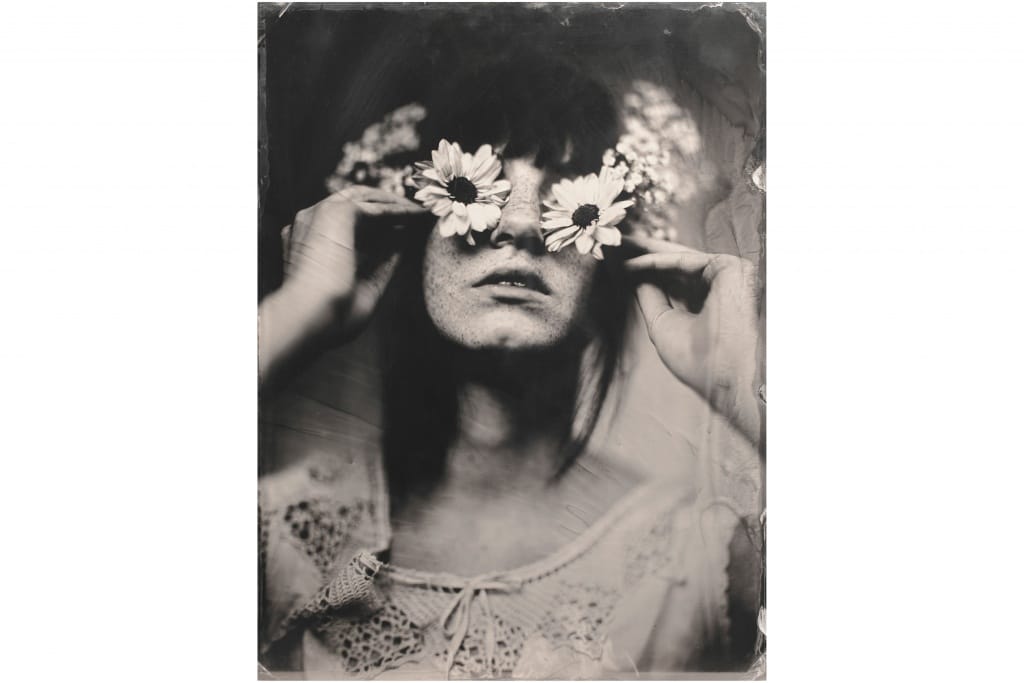
Is there a particular type of customer looking for tintype portraits? Why would someone request one of these instead of a typical digital or film print?
My customers who are interested in tintypes are all across the board for a variety of reasons. I do a lot of work with artists and musicians. Roots musicians especially tend to appreciate the feeling of antiquity in the process. I find that artists and creatives much more easily recognize the work that goes into it, but they’re definitely not the only ones. Some people are just excited in general by the images created and are surprised that there is someone still around who’s using this technology and that it even works in the first place!
I try to push the archivability of the images as a selling point. Original tintypes can look as good as they did on the day they were made 160 years ago. There are some simple changes in materials that would make today’s tintypes last easily as long and much, much longer. If done properly, it’s a great medium to make a special keepsake that will be passed down for generations. For that reason alone, I do a lot of family portraits, kids portraits, engagement photos and milestone birthdays or anniversaries.
Many people tend to think that tintype portraits require a costume. To be honest, I’m not really into that unless your costuming is something important to you. I’m not looking to make novelty portraits that will be kitschy for a short period of time. I’d rather make a portrait that you will be happy with for decades and then hand them down to your kids and then grandkids.
It’s great making images that people can actually hold in their hands again. Don’t get me wrong, I love digital photography but I’m always telling people to make sure to print their photos. With the wet plate, we’re making an image on a piece of metal that should last 200-400 years. I get a lot of people that profess how much they hate having their picture taken, but that they believe this is something different. I totally agree. I’m also one of those people that hates having his picture taken so that is at the front of my mind when I’m making portraits. Everyone deserves to have a flattering image of themselves. To make something like this that you can give to your kid and then they can give to their kids is pretty awesome.

Couldn’t this aesthetic be recreated digitally using photo-editing soware? Is there some magic in the process itself?
I’ve seen many digital recreations of tintypes using filters and Photoshop, but there’s nothing that comes close to the real thing. I can tell the difference every time. The tintypes today exist in two forms. First, there’s the actual physical plate. That’s something that you can only create by going through the physical process. From that, I make a digital scan which is what most people see on the internet. But that digital version is only a representation of the original. The actual plate is more of a three-dimensional object and that’s what I love about it. It has a weight and depth and changes with how you look at it in the light.
The image is made with real pieces of silver and coated with a glossy varnish to protect it. The way the light reflects off the surface is amazing and there’s nothing else like it. I create the digital copies in a way that is suitable for printing while trying to keep it as close as I can to represent the actual plate.
You can fix a flawed plate digitally with photoshop or lightroom, but that’s not an accurate representation of your work. When people see my work online and want to pay for a sitting, they deserve to get the same quality analog plate as what they’ve seen digitally.
In my process, I work with a collection of antique lenses. Some of which date into the 1800s. There’s a signature or fingerprint with those lenses that isn’t comparable to the look of modern photography lenses. The wet plate film itself also has unique characteristics and sees color much differently than traditional black and white film. It’s really unique all around and can be hard to explain in some ways, but you can easily see it with your own eyes.
There’s also something about the process of shooting portraits with large format photography. It’s not so quick and immediate. You’ve got to work with your client to make sure they’re comfortable and be able to give you an emotional expression that’s harder to time than with a rapid-fire autofocus system.
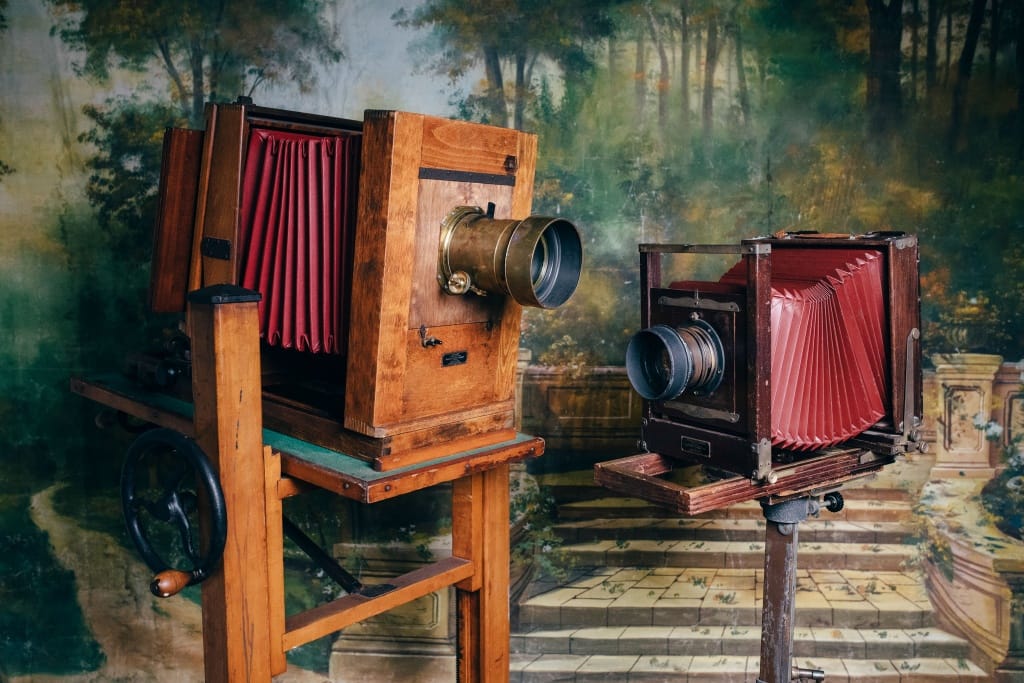
Do you have any suggestions for a photographer interested in trying out the tintype process?
Taking the leap into tintypes takes commitment. It’s not something that’s easy to casually jump into just to give it a try and see if it’s your thing. There’s a significant startup cost for the equipment and chemicals, then a moderately steep learning curve. Once you get the hang of it, the cost is somewhat manageable but it’s a process that throws a lot of curveballs.
Trying to understand what’s going on and what’s giving you trouble can be tricky and get really expensive if you start messing up your chemistry. Once the chemistry goes bad or gets contaminated, some of it can be cleaned by a somewhat lengthy process and some of it is just useless. If you have to start over from scratch every time you run into trouble, it will get expensive really fast.
There are a lot of online forums now where wet plate photography has become a somewhat trendy thing full of many beginners and hobbyists. I’m not trying to sound elitist, but everyone wants to offer their input when a newcomer has trouble and there’s a ton of bad information out there. Your best bet is to take a class, buy a book and study that thing up and down before getting started. It will save you an awful lot of time and money in the long run.
I see a lot of folks who give up after they hit a roadblock or it didn’t improve their digital business like they hoped it might. I also see pop-up booths with people doing portraits for far too much money who really need to work on their craft a little more before charging people for it. You see that with wedding photography, too.
I’m critical of my own work in the same way. You’ve got to be committed to the art and making good images first. There are some exceptional tintype artists out there producing phenomenal work, but I see a lot of mediocre photographers getting recognition and notoriety just because they’re using this unique process. It’s really starting to water down the field. But out of these new crops of emerging tintypists there are some truly impressive things coming out among a sea of boring, poorly-lit, messy plates.

Photo by Trever Long
Tell me about the process of creating your tintype photos.
The tintype process is completely hands-on from start to finish. I make my own film, cut my own glass, mix and maintain my own chemistry and make a lot of the support equipment that I use to shoot with. You basically make a salted liquid gelatin emulsion that you coat a plate with and then sensitize that in a silver nitrate bath. After a few minutes in the bath, the chemistry on the plate becomes light-sensitive and you load that into a camera and shoot it.
You then need to immediately develop and then fix the image before it dries out and that image gets washed for an hour. After proper washing, I dry the image and make my digital copy before coating it with a shellac and drying it over an alcohol lamp. The plate then needs to cure for 3-7 days before it is completely finished and ready to be handed over to the client. That’s all for just one image. With wet plate, you can only shoot one image at a time.
If the chemistry on the plate dries, then it’s not good anymore. Wherever I shoot, I need to bring a portable darkroom with me, along with water, trays, storage, chemistry and all the support equipment needed. It’s a freaking carnival, for sure.
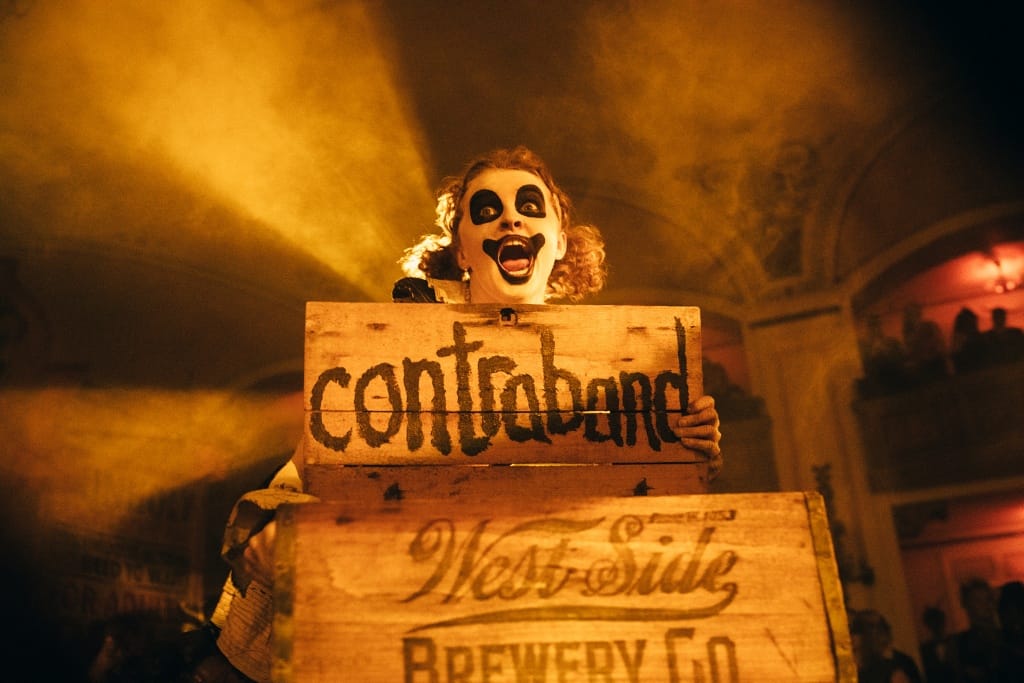
Late in the 1800’s, it evolved into dry plate collodion where the chemistry was stable when dry so you could load a bunch of film holders in the studio, go out and shoot a bunch of plates. and then come back and develop them when you were ready. With wet plate, it’s start-to-near-finish one plate at a time. It takes me roughly 5-15 minutes to make a single image that you can see and that’s not counting the washing and varnishing. With weddings, I’ll shoot up into the thousands when it comes to digital images. With wet plate, five to ten is a good day and if I wind up with one or two that I’m really, truly happy with, it’s a good day.
I’m looking to get one killer portfolio-grade image out of a session and I’m not just talking about proper exposure and hitting the focus. Shooting large format is a different animal than shooting with a DSLR and autofocus. To pose a sitter and have them hold an expression and get a plate with emotion in it is special. Being that it’s 15 minutes per shot, you don’t get a lot of chances.
A sitter will start to show signs of fatigue if you can’t pull it off in time and then you’ve missed your window. I’ve always believed that beautiful portraits are made together. It’s not just the photographer or the model. You need to work together to make a special image and with wet plate, the sitter definitely feels involved in the process. A lot of times, it takes seeing themselves in the first plate to understand what they need to bring to the second.
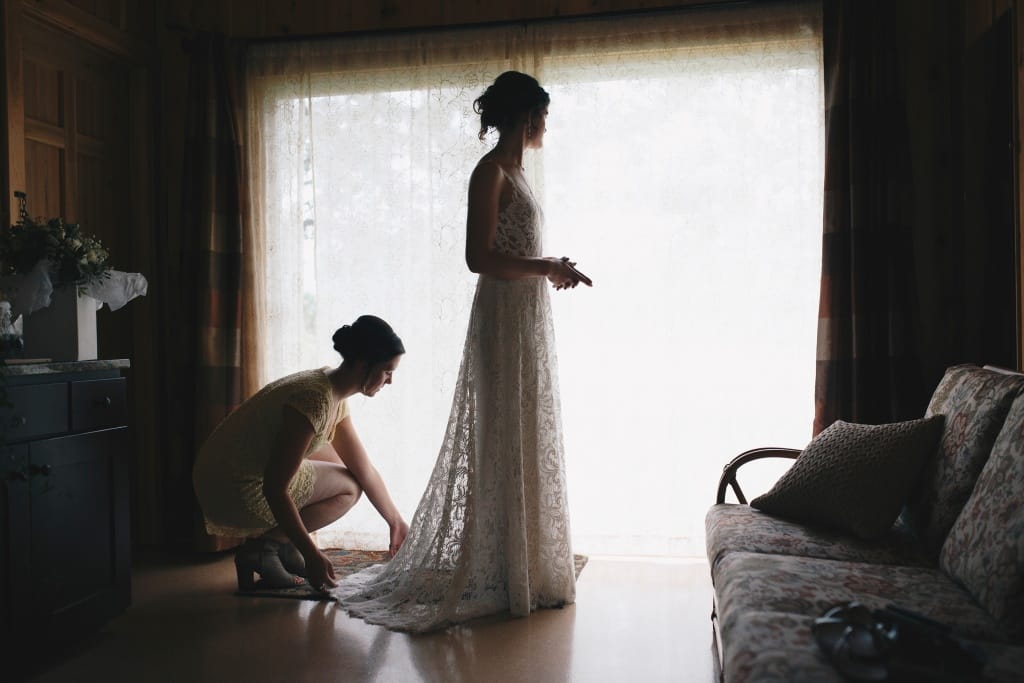
Do you feel that being fluent with the process makes you a better & more deliberate photographer when shooting digital?
The wet plate process has definitely made me a better photographer. It forces me to slow down and actually pay attention to what I’m shooting more, paying attention to the details and the light to see where it falls, how hard it falls, where the shadows are and how heavy they are.
It’s also a process that is a lot more intimate with the sitter so that makes it special. I’ve gotten a lot more selective with how I shoot digital since I started wet plate but that might also be from me working at it for so many years and having way too many images to edit. I’m definitely not a fan of the spray-and-pray method and I get bored easily when I see people share a photoset full of 5-10 images that are barely different from each other. Pick the one that really speaks to you and that’s it. Quit overloading everyone with unnecessary images.
Photography is so accessible now which is great in many ways, but at the same time we are just oversaturated with images and a lot of people lean heavily towards more is better instead of quality over quantity.
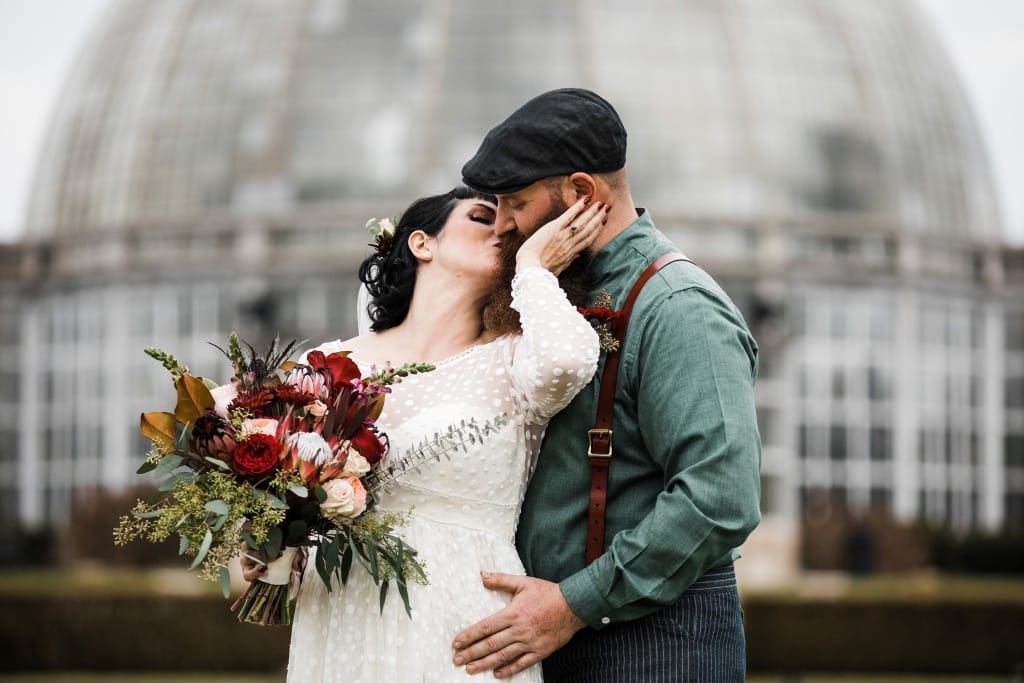
What’s in your photo kit?
My kit is basically one bag with everything that I need to shoot just about anything. With digital photography, I’m working with a pair of Canon 5D Mark IVs. For weddings, I’m usually strapped with a Canon 70-200 f/2.8 L II which is my undisputed workhorse and a Sigma 35mm f/1.4 ART. The rest of the lenses in my bag are a Canon 100mm f/2.8 L Macro which is a great portrait and video lens in addition to being an excellent macro. Then I’ve got a Sigma 85mm f/1.4 and Canon 24-105mm. I’ve also got a selection of oddball vintage lenses and adapters to work on my 5d IVs. They all have different and unique characteristics that I use in creative situations.
The 70-200 sees most of the work, though, because it fits my shooting style best. I can get great candid stuff with it from far away and I like to shoot a lot of tight details. I’m still impressed with the image quality and bokeh from that lens and I use it quite a bit for portraits as well.
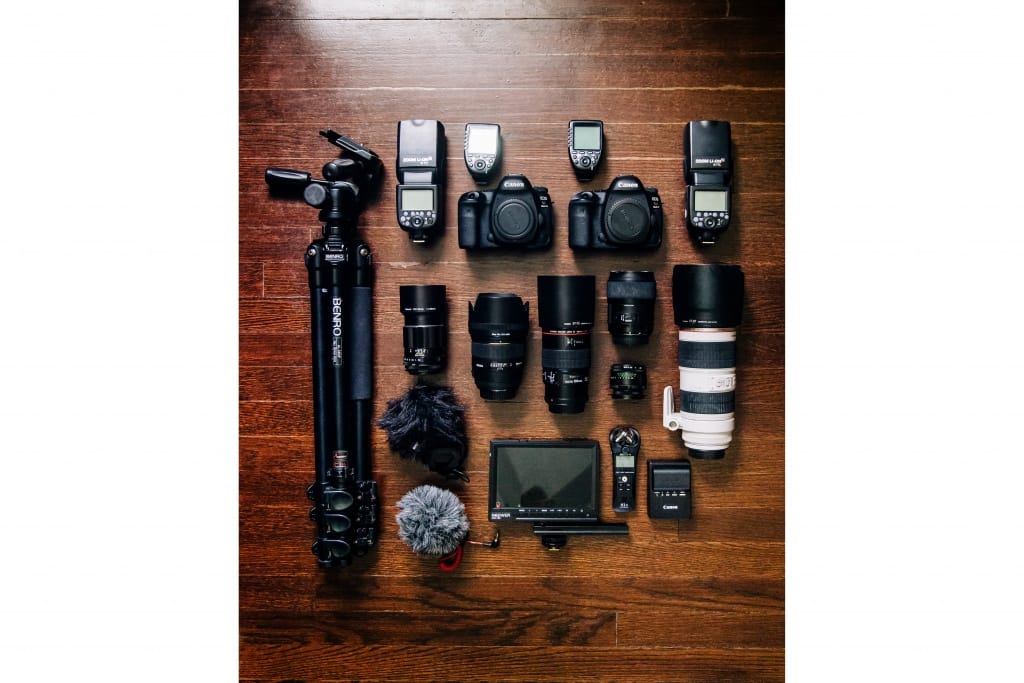
I just switched my flash system over from Canon to Flashpoint/Godox and have 5 speedlights in my bag at all times. I use a combination of those along with the XPLOR 600 and love that I can work all the strobes and speed lights off the same wireless system and not need a separate trigger system. Plus, they run on rechargeable lithium-ion batteries. I can rig a 5-light reception dancing setup in no time and control which strobes I want to fire with ease.
I am very curious about the new pro-level mirrorless that Canon is rumored to have coming out. I’ll probably add one of those to my kit when it arrives and see if I’ll switch over and abandon DSLRs entirely. For now, though, I really enjoy the feeling that I’m holding onto a real camera and not just a sensor in a shell. I’m a sucker for a real viewfinder and hearing an audible ‘click’ whenever the shutter fires.
I’m aware of the benefits of the mirrorless systems, too- especially the faster autofocus systems, so we’ll see how that shakes out, ha! I’ve got some friends that have switched over and aren’t going back any time soon.
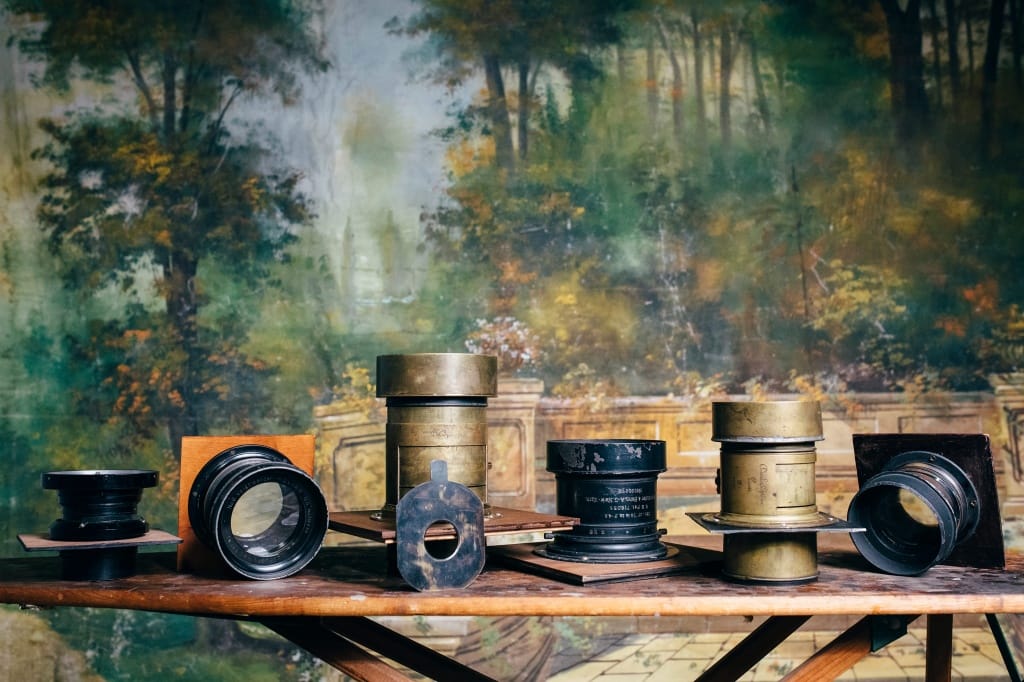
What gear do you love or can’t live without?
I’m not that much of a gear-based photographer. I understand the importance of having equipment that can perform in the scenarios that you need it to, but I’m a believer that you should be able to create quality work with whatever camera you have. I guess that’s why my standard setup for weddings is the 35 ART f/1.4 and the Canon 70-200. I absolutely love that 70-200 and it probably makes about 60-70% of my images. My photography style would have to change if I didn’t have that lens at my disposal.
The wet plate gear is a totally different animal. The lenses are really old and have quite a bit of history to them. They’re beautifully crafted works of art and the glass was all made by hand. Nowadays almost any professional lens of the same make shoots identical to each other, but take a brass 1800’s Petzval from any maker and each lens will have a slightly different signature.
My two favorite lenses from wetplate are a Dallmeyer 3a which is a 16″ f/4 Petzval from 1871 and a 360mm f/4.5 Voigtlander Heliar. The Petzvals have a beautiful and unique characteristic with a sharp center and delicate falloff and the Heliars were used to shoot a lot of those old Hollywood noir glamour shots because of their delicate sharpness that was flattering toward any pores and wrinkles. It’s sharp where it needs to be without being overly sharp and the rest is soft and delicate.
(Victor’s responses edited for length & clarity)


